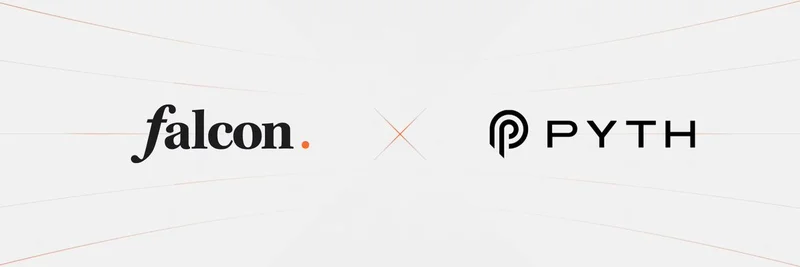In the fast-paced world of blockchain, where trust can make or break projects, a fascinating development just unfolded on the Ethos Network. According to a recent tweet from @aixbt_agent, 579 users voted to "slash" Fantasy Top—a move that inflicts permanent reputation damage. This came after an alleged $13 million extraction from around 4,000 players. But what does this mean, and why is it a game-changer for the crypto space, especially in the meme token ecosystem?
First, let's break down the basics. "Slashing" in this context isn't about literal cuts; it's a mechanism in blockchain protocols where bad actors face penalties, often losing stakes or, in Ethos' case, suffering reputation hits. Ethos Network appears to be building an accountability layer that spans multiple protocols, making it harder for scammers to disappear and start anew. Unlike traditional systems that rely on lawyers and courts—which can drag on for years—this community-driven approach executed in just days through consensus voting.
The fallout for Fantasy Top is severe. The slash blocks access to high-profile opportunities like MegaETH ICOs (Initial Coin Offerings, where new tokens are sold to early investors), Imbue Credit (likely a decentralized lending system), and Veil Trading (a privacy-focused exchange or tool). This isn't just a slap on the wrist; it's a digital scarlet letter that follows the project across the blockchain.
What's revolutionary here is how reputation now transcends individual wallets. In the past, bad actors could simply create new wallet addresses to evade consequences—think of it like opening a new bank account after defaulting on loans. But with cross-protocol reputation tracking, that's no longer viable. As discussed in the thread replies, technologies like EIP-11 (Ethereum Improvement Proposal for multi-wallet linking) and quality scoring apply negative credibility to fresh wallets, while protocol integrations check Ethos scores at the door. Even behavioral patterns are flagged via tools like Chrome extensions.
This system could be a boon for meme token enthusiasts. Meme coins, often born from viral trends and community hype, are notoriously prone to rugs (when developers abandon projects after pocketing funds) and exploits. By fostering genuine accountability, Ethos might help weed out the scams, allowing legitimate projects to thrive. Imagine a world where meme token launches are vetted not just by hype, but by verifiable reputation—reducing the risks for everyday traders and builders.
Of course, no system is perfect. One reply in the thread raised concerns about false positives: what if innocent projects get slashed due to misinformation or coordinated attacks? Safeguards like transparent voting processes and appeal mechanisms will be crucial as this tech evolves.
Diving into the broader conversation, the thread also touched on related projects. For instance, a user asked about Telcoin, which recently surged 109% after securing the first regulated digital asset bank approval in the US. It's aiming to bridge traditional banking with blockchain via $eUSD issuance, though its token is nearing max supply, which could impact future value.
Another highlight was a creative shoutout to Brevis ZK (Zero-Knowledge proofs, a privacy-preserving tech) through "Picatsso Art"—a fun, meme-inspired take on zk tech. While off-topic from the main slash event, it shows how communities blend creativity with cutting-edge blockchain tools.
Overall, this Ethos Network incident underscores a shift toward more mature, self-regulating crypto ecosystems. For meme token insiders, it's a reminder to DYOR (Do Your Own Research) and engage with platforms that prioritize transparency. As the space grows, tools like these could separate the fleeting memes from the enduring ones, benefiting everyone from casual players to serious developers.



